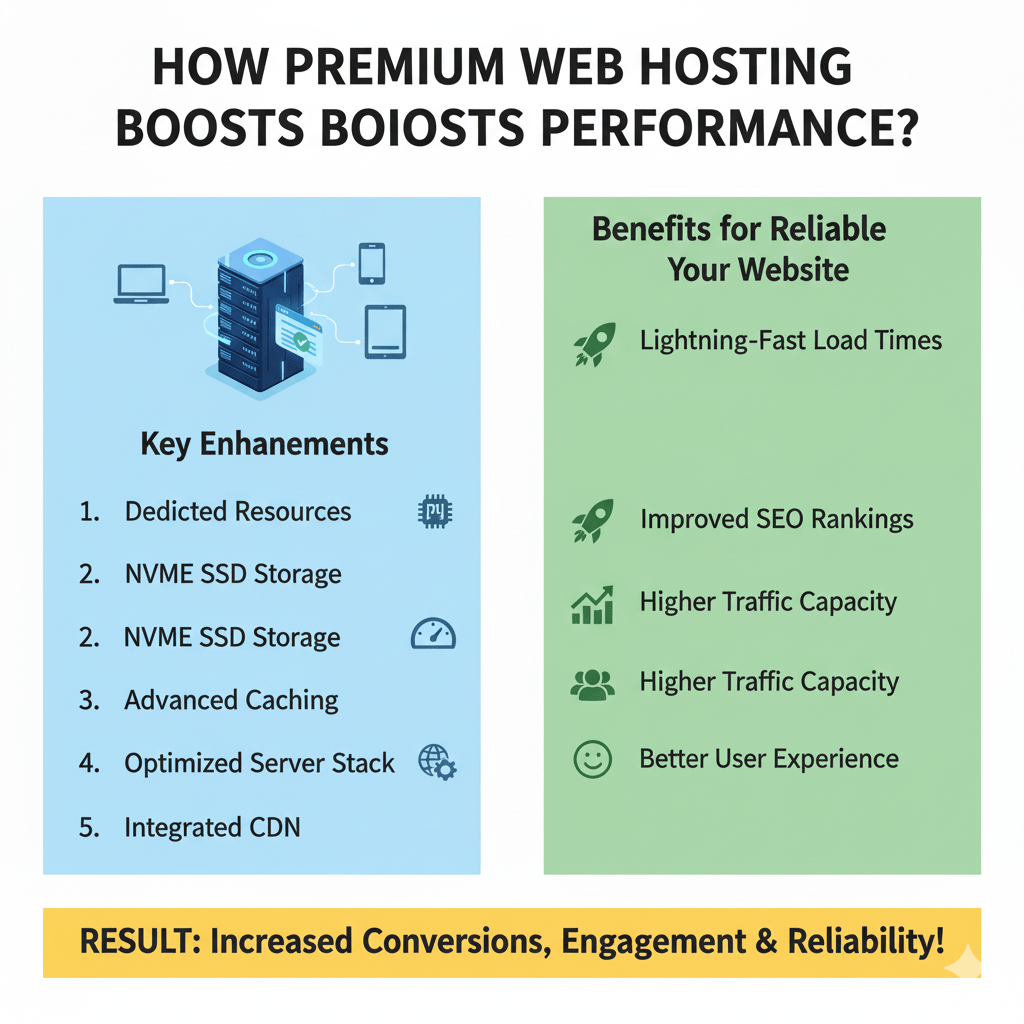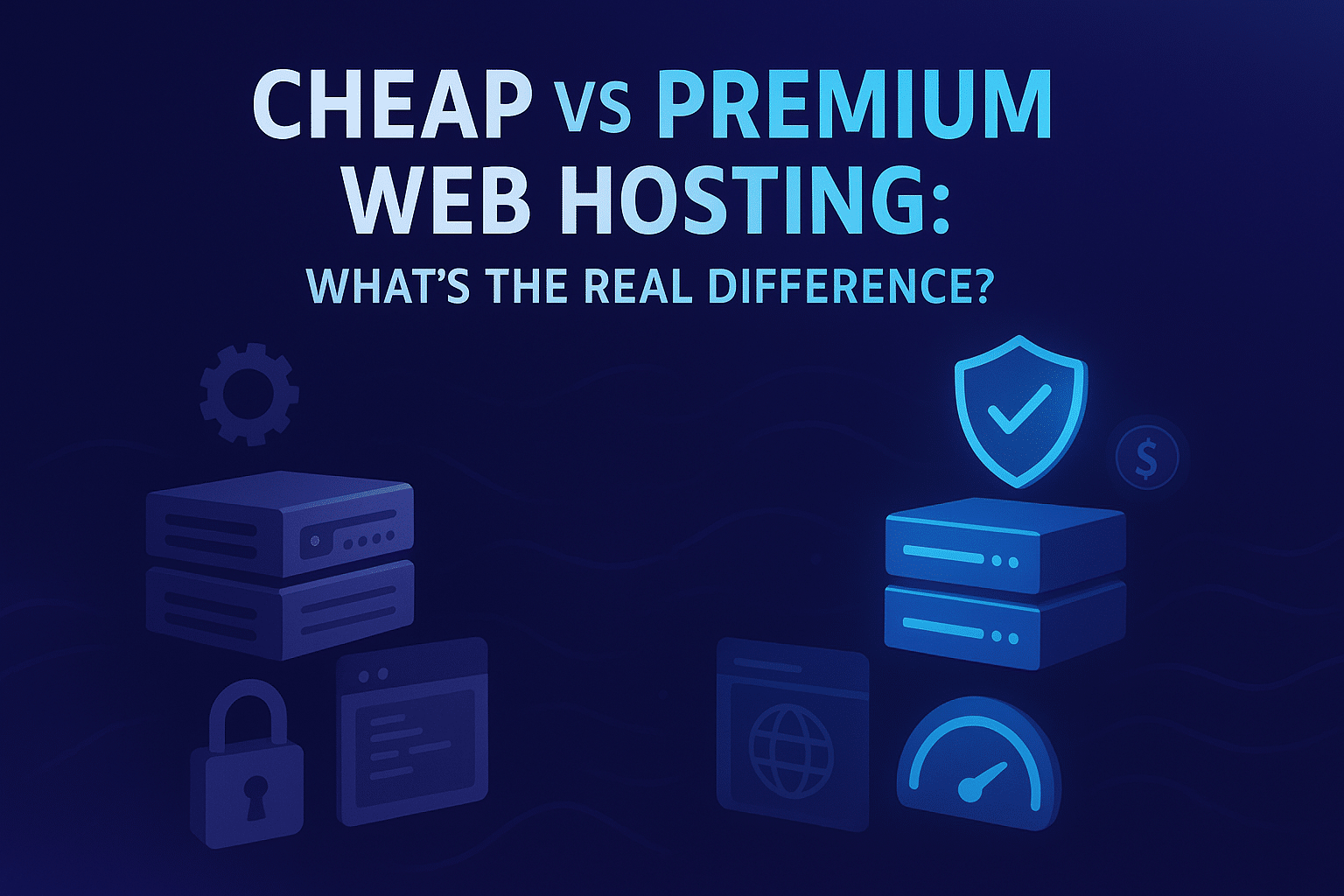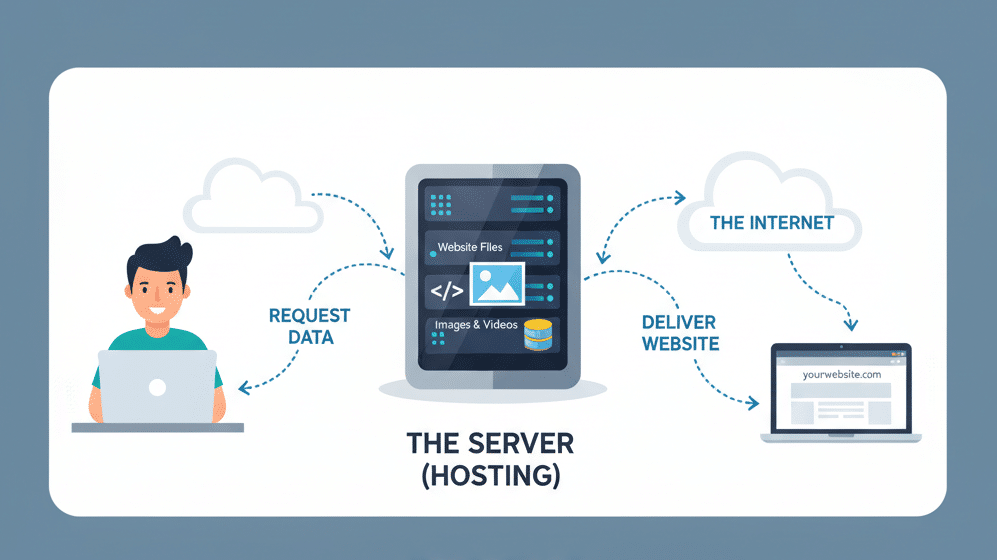Beyond Speed: The Transformative Impact of 5G Hosting on Digital Strategy
Did you know that by 2027, 5G subscriptions are projected to reach 4.4 billion globally, according to Statista? This massive expansion isn’t just about faster phone calls; it’s fundamentally reshaping the digital landscape. For software houses and businesses alike, the advent of 5G hosting signals a profound shift in how applications are delivered, how data is processed, and ultimately, how users interact with the digital world. This isn’t merely an upgrade in internet speed; it’s a paradigm shift for performance, connectivity, and the very fabric of modern digital marketing and IT infrastructure.
The 5G Revolution: More Than Just Speed
5G isn’t simply a faster version of 4G. It introduces three critical capabilities that fundamentally redefine what’s possible for connected applications and services:
-
Enhanced Mobile Broadband (eMBB): This delivers significantly higher speeds and greater capacity, allowing for seamless streaming of high-resolution content and rapid data transfers.
-
Ultra-Reliable Low-Latency Communications (URLLC): Providing near-instantaneous response times, this is crucial for mission-critical applications where even a millisecond of delay can have significant consequences.
-
Massive Machine-Type Communications (mMTC): Designed to efficiently connect billions of Internet of Things (IoT) devices, enabling large-scale sensor networks and smart environments.
These capabilities pave the way for a new era of distributed computing, pushing services closer to the user. This decentralization is where the true power of 5G hosting begins to shine, moving beyond traditional centralized data centers.
Transforming Digital Experiences with 5G Hosting
The implications of 5G’s core characteristics on hosting are immense. Businesses can now architect systems that were once theoretical, leading to unprecedented performance and user satisfaction across various industries.
Ultra-Low Latency: The Foundation of Real-Time Applications
Imagine response times dropping from tens of milliseconds to mere single digits. This dramatic reduction in latency is a game-changer for real-time applications requiring immediate feedback. From real-time gaming and augmented reality (AR) experiences to remote surgery and autonomous vehicles, ultra-low latency makes it possible to build truly responsive, instantaneous digital interactions. It minimizes lag, significantly enhancing user experience and opening doors for innovative services that demand immediate data processing and response.
Massive Bandwidth: Fueling Data-Intensive Innovation
With peak speeds potentially reaching 10 gigabits per second, 5G networks offer unparalleled bandwidth. This capability is essential for streaming high-resolution content, handling massive data transfers, and supporting complex cloud-based applications simultaneously without degradation. For businesses, this means more robust and reliable connections for their hosted solutions, leading to smoother operations and richer content delivery. It allows for the seamless deployment of data-heavy AI models, complex analytics platforms, and high-fidelity video conferencing.
Edge Computing: Bringing Data Closer to the User
Perhaps the most transformative aspect of 5G for hosting is its synergy with edge computing. Instead of all data traveling to a central cloud data center, edge computing brings processing power and data storage closer to the data source – whether it’s a smart factory, a connected car, or a mobile user. 5G provides the high-speed, low-latency conduit necessary for edge devices to communicate effectively with localized servers.
Indeed, Gartner predicts that by 2025, 75% of enterprise-generated data will be created and processed at the edge, outside traditional centralized data centers or the cloud. This trend is a clear indicator of 5G’s profound influence on distributed computing architectures. The result? Reduced backhaul traffic, improved data privacy, and mission-critical applications that respond instantly — directly impacting user satisfaction and operational efficiency.
New Opportunities for Businesses and Software Development
The combined power of 5G and edge computing unleashes a torrent of possibilities across various sectors. Software houses, in particular, stand to gain significantly by architecting solutions that harness these capabilities.
Enhanced Digital Marketing
5G transforms digital marketing from passive engagement to real-time immersion. Ultra-fast connections allow marketers to deliver interactive 3D ads, AR product demos, and real-time personalized content with zero lag. For e-commerce, this means customers can virtually “try” products before buying, and brands can leverage instant feedback loops through AI analytics running on edge servers. In other words, 5G hosting enables marketing that feels instant, intelligent, and deeply personal.
Smarter AI and Data Analytics
With 5G’s bandwidth and edge processing, AI systems can process and analyze data closer to the source, reducing delay and improving accuracy. This revolutionizes sectors like healthcare, smart cities, and manufacturing, where split-second decisions are crucial. Hosting environments leveraging 5G can dynamically allocate compute power where it’s needed most, enhancing both performance and scalability for machine learning workloads.
Seamless IoT Integration
5G’s mMTC capability allows millions of IoT devices to operate efficiently and communicate simultaneously. For businesses hosting IoT platforms, this means more reliable connectivity, lower maintenance costs, and faster real-time updates. Think smart factories where every sensor, robot, and machine continuously streams live data to localized edge servers for instant optimization — all made possible by 5G hosting.
Empowering Remote Work and Cloud Collaboration
The post-pandemic world thrives on remote work and digital collaboration. 5G hosting ensures ultra-fast, secure, and stable connections across distributed teams. Tools like real-time code sharing, 4K video meetings, and cloud rendering for design projects become seamless, enhancing both productivity and creativity for global software teams.
Challenges and Considerations
While 5G hosting offers immense promise, it also introduces new challenges:
-
Infrastructure Costs: Upgrading servers and network layers for 5G-ready environments requires substantial investment.
-
Security Risks: More distributed data means a broader attack surface; businesses must prioritize encryption and edge security.
-
Interoperability: Integrating 5G with legacy systems and diverse cloud architectures requires careful planning.
However, the long-term benefits — speed, reliability, scalability, and innovation potential — far outweigh the short-term setup hurdles.
Conclusion: A New Era of Connectivity and Computing
5G hosting represents far more than just an evolution in speed; it marks the beginning of a hyperconnected, intelligent digital ecosystem. By combining ultra-low latency, massive bandwidth, and edge computing, 5G empowers businesses to build smarter, faster, and more adaptive systems than ever before.
For forward-thinking companies and software developers, embracing 5G hosting isn’t optional — it’s the key to unlocking the next frontier of digital innovation. The organizations that adapt early will lead the way in delivering immersive experiences, predictive intelligence, and the real-time performance that defines the future of the digital world.







